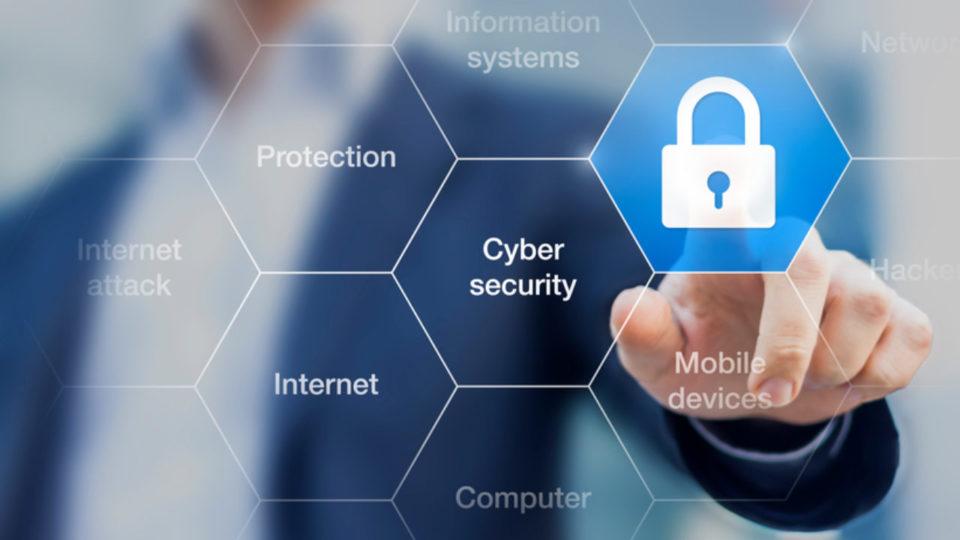Cyber-attacks never cease. Businesses face the danger of coming across hackers, ransomware, and insider threats everyday. Cyber criminals are evolving at a rapid pace. They are just one step behind the latest technologies. Government organizations, banks, non-profit, education, healthcare, and even government organizations have fallen victim to cybercrimes. Not just large organizations, but even small companies are at risk because cybercriminals assume small businesses to have low security, making it easy to gain access to.
Even if you have invested in the top security software along with comprehensive workplace policies, it is the measures of the staff and management that help in safe data management. For example, just one employee can lead to a data breach as he/she clicked on a shady link or shared sensitive info from their mobile device.
Every business, small, mid-size, or big, needs to learn about the best practices of cybersecurity. It involves investing in security software, abiding by the company rules, carefully engaging in online activities, and taking help whenever something suspicious pops up.
Best cybersecurity practices employers need to adhere to
Invest in quality security system

Small business owners are tight on budget, so they ignore investing in a hi-fi security system. It is wise to invest and save business reputation as well as the legal and financial cost of being breached. For example, Crystal Eye XDR detects, protects, and responds to cyber threats across the whole organization. The program tightly secures your business from cloud to endpoint with an array of cohesive security controls. It is smart to reduce management burden with Crystal Eye XDR installation. Besides, this comprehensive security program is suitable for your budget.
Ensure that all your devices used at home and work is incorporated with the security program. If any suspicious activity is visible, then report the issue because there can be a glitch in the system that needs to be patched or fixed.
Follow IT best practice
It means regularly updating your security software, operating system, and web browser with the latest protections. Anti-malware and antivirus protections are regularly revised for targeting and responding to new cyber threats. Ensure that security updates are installed right away as soon as the company emails the updates.
Another IT best practice is to backup files because cyber threats target your data and you need to stay prepared in case of malware attack or data breach scenarios. The company already has a plan on how and when to create a backup of crucial files that need to be stored on the cloud or offline or a hard drive.
Avoid opening unknown emails, links, or pop-ups
Phishers trick people into clicking a link, which causes a security breach. Therefore, never feel tempted to open attachments or pop-ups or emails from strange senders. A single click can enable the hacker to infiltrate your computer network. Phishing leads to identity theft or ransomware attacks. So, employ email authentication technology, which blocks suspicious mails. Always approach your IT security lead to check the legitimacy of a suspicious email.
With the right training, knowledge, and commitment businesses can strengthen the breach vulnerabilities. Ensure that everyone associated with the organization engages in cautious online behavior. Reach your IT staff as soon as you experience something suspicious.

